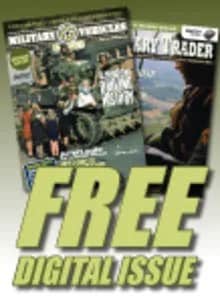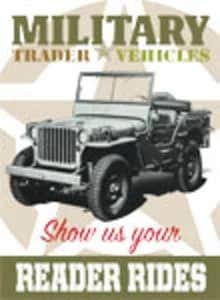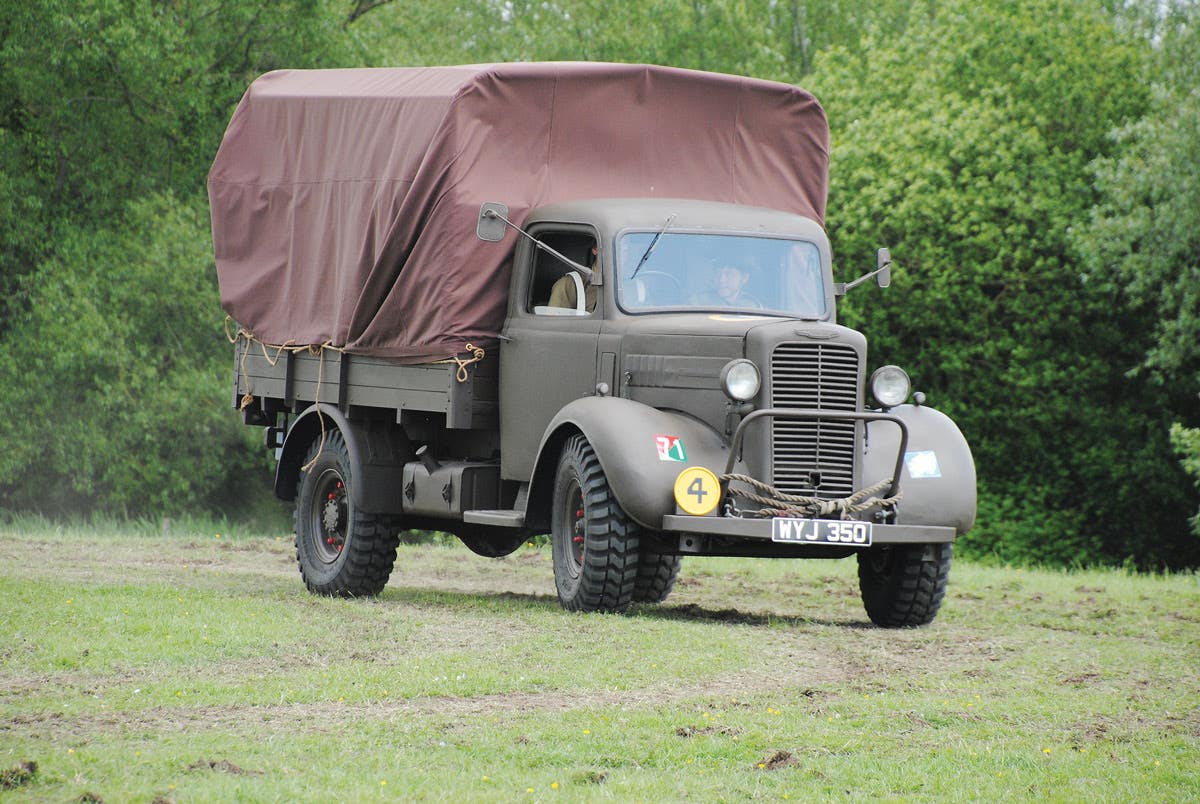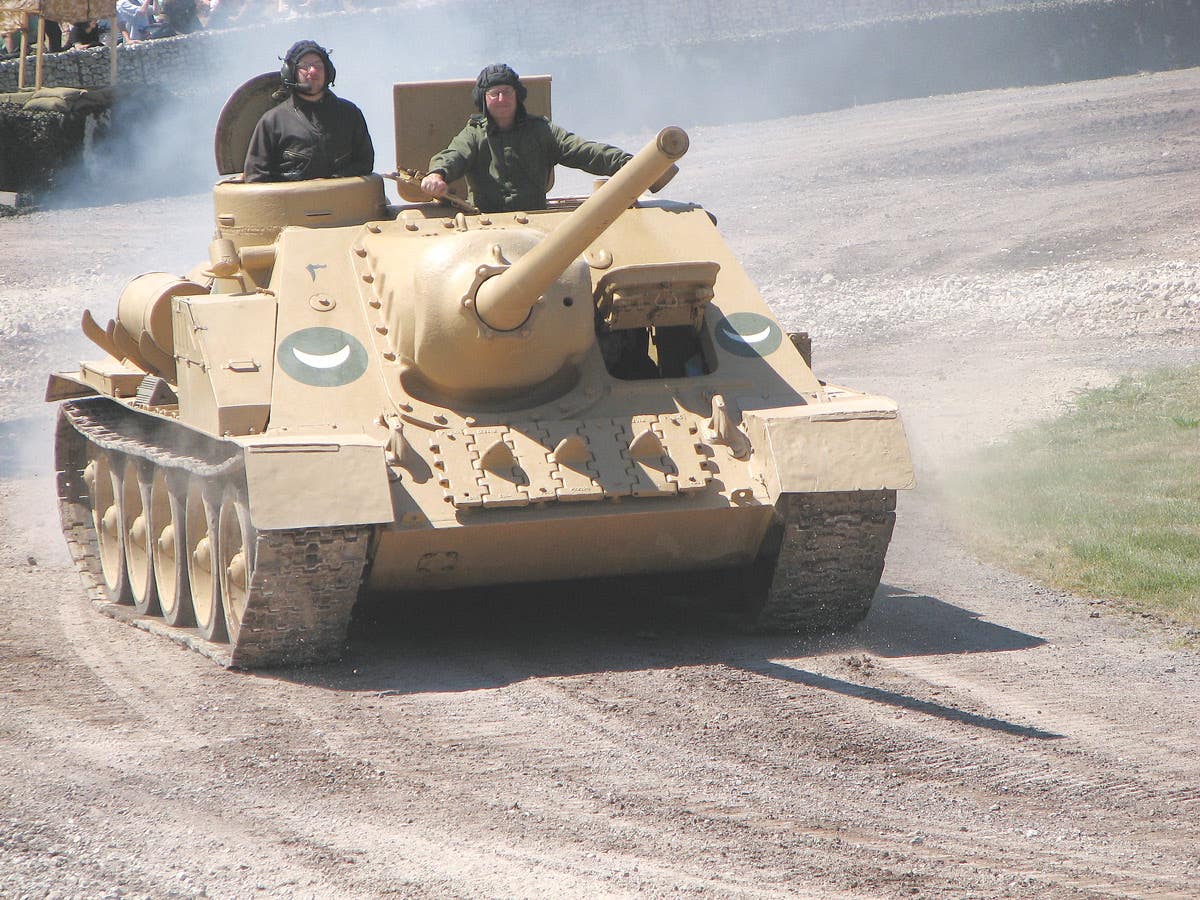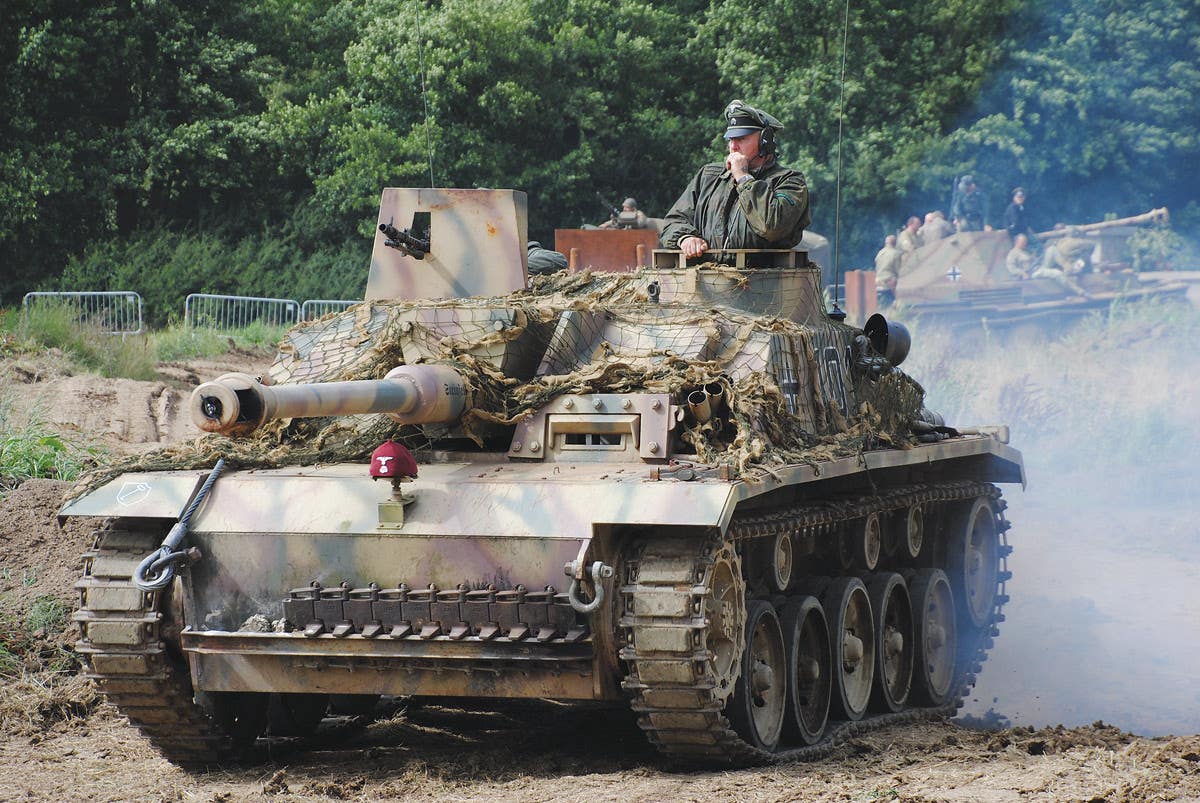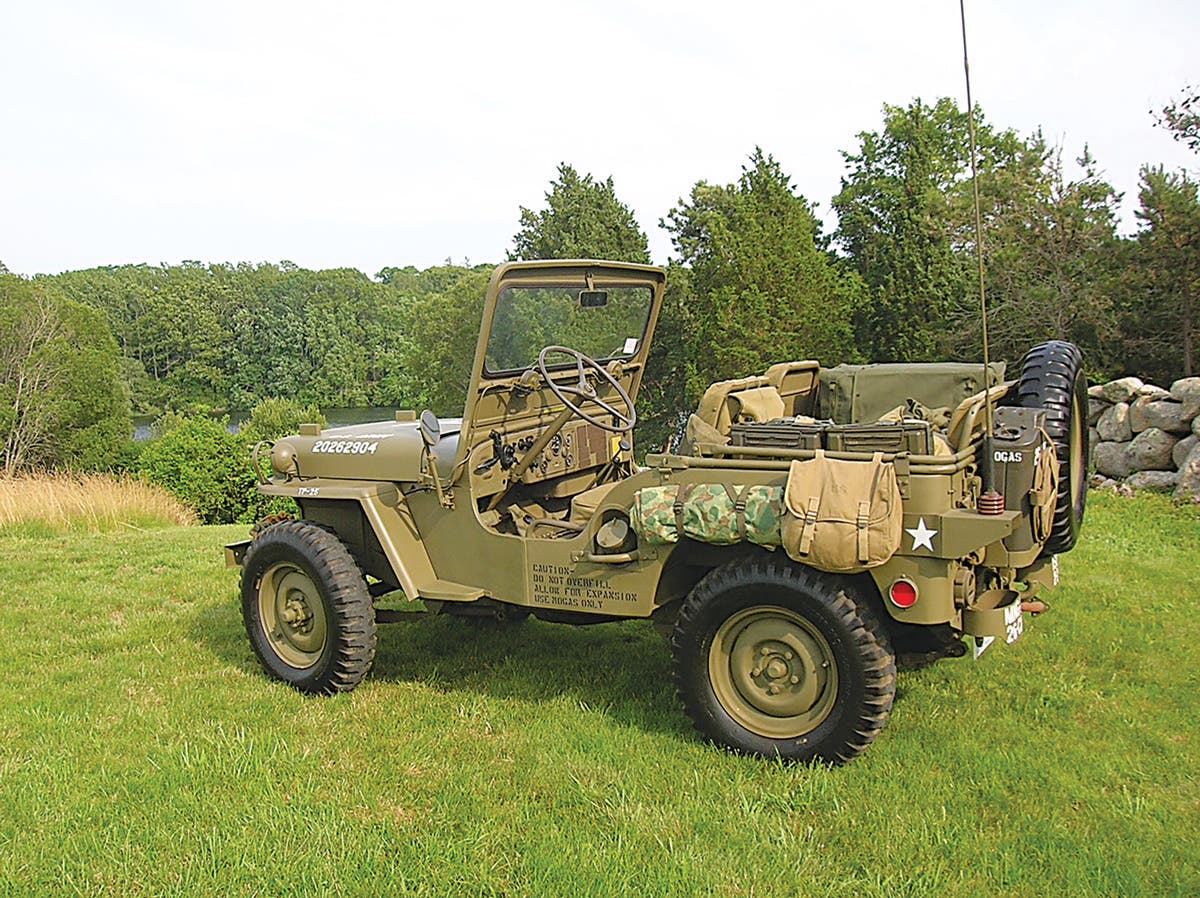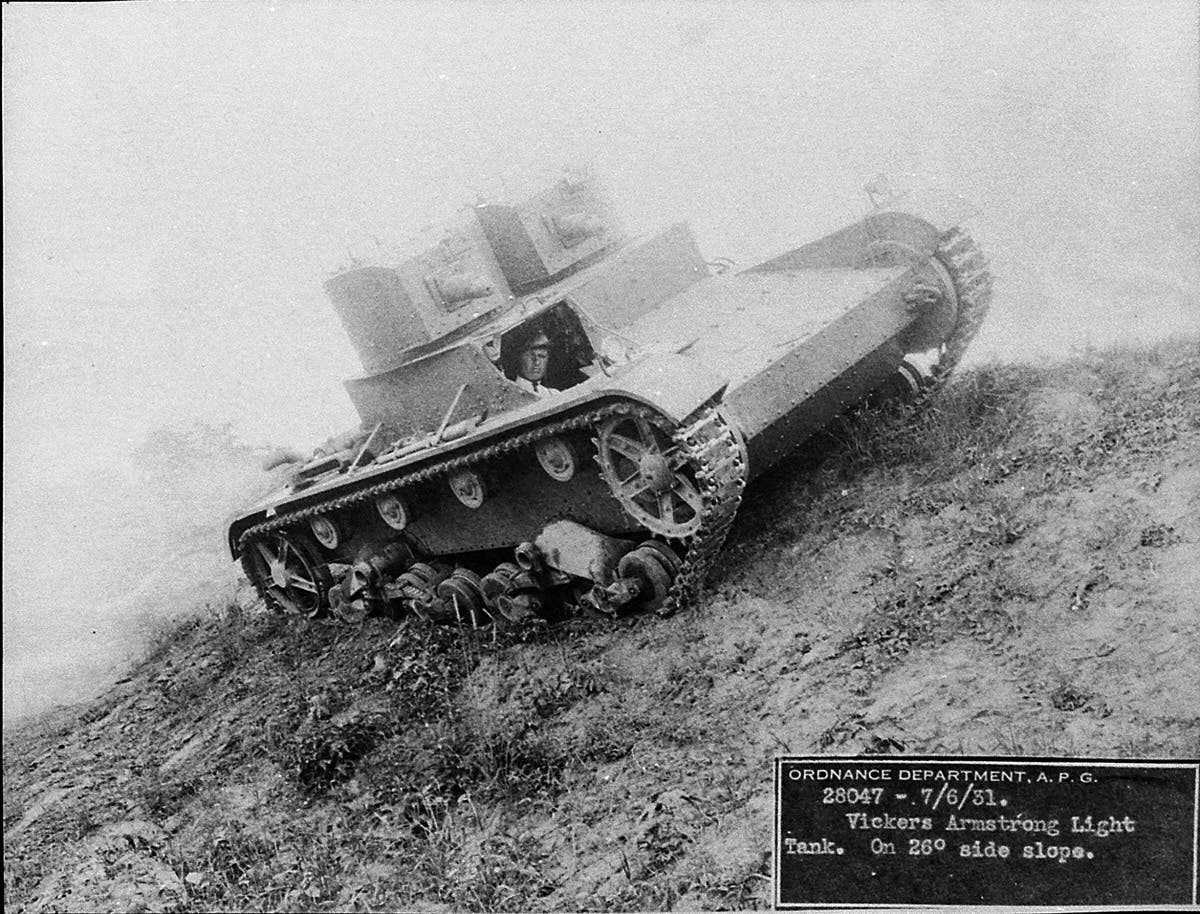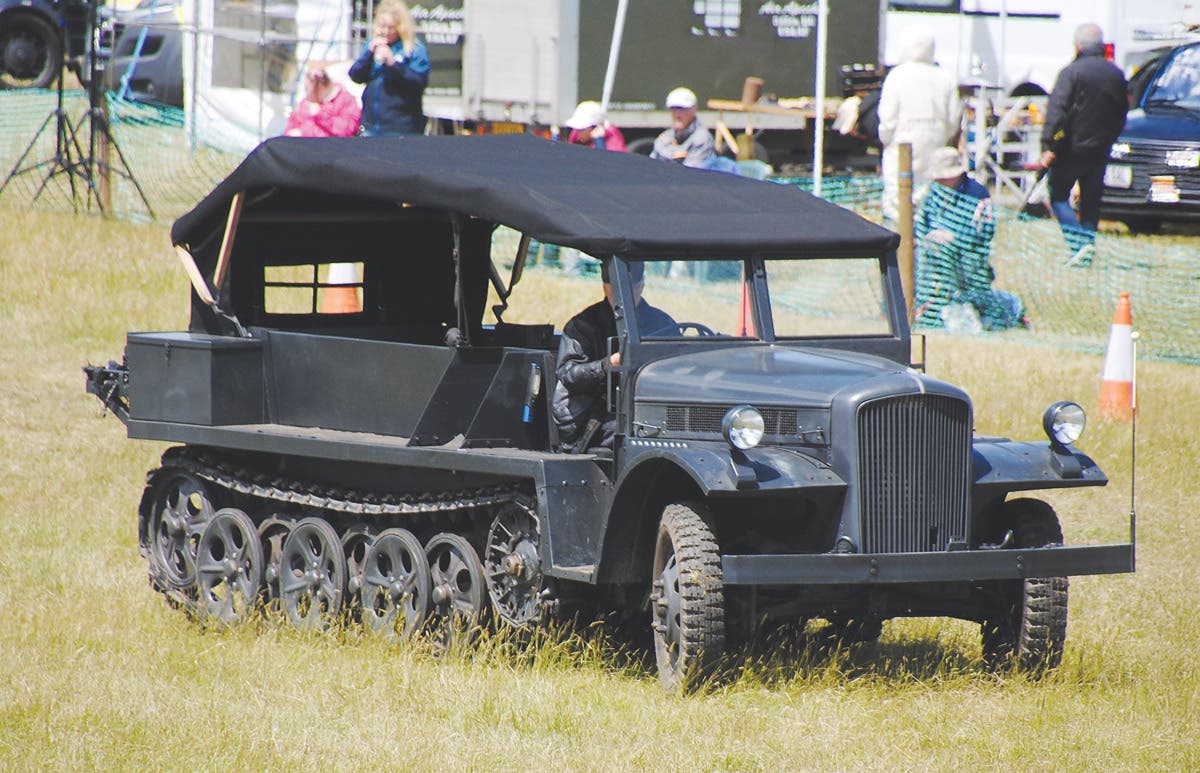Hail to the King! A surprise visit from a rare King Tiger
The King Tiger is well known to most military vehicle enthusiasts. It was designed in 1943 to build a heavier tank than the SdKfz 181 Tiger I.
Each year in the planning stage for the annual Tankfest show hosted by the Tank Museum at Bovington in Dorset, England (www.tankmuseum.org), invitations are sent out to “Guest” visitors asking them to take part in the event. To be fair, though, news of these surprise visitors is quickly circulated on the Internet, which adds to the anticipation leading up to the event itself.
Among the Guest vehicles making an appearance at this year’s Tankfest were several restored tanks from the Weald Foundation (www.wealdfoundation.org) and the Bannister Collection. However, what most people had come to see this year was the formidable King Tiger or Tiger II, specially brought over from France for the occasion. Only 492 examples in total were ever produced during the war of which only seven intact examples are known to remain as exhibits in museums. There is only one fully operational example in existence which is held by the Musée des Blindes at Saumur in France. So, when news was released that this was to make an appearance at Tankfest it became an opportunity that no tank enthusiast wanted to miss.
The development history of the King Tiger or SdKfz 182, Panzerkampfwagen Ausf. B, is well known to most military vehicle enthusiasts. It was in January 1943 that the idea to develop a heavier tank than the SdKfz 181 Tiger I was proposed and that it should be capable of being armed with the powerful KwK43/L71 version of the 8.8cm anti-tank gun and have improved armored protection.
Taking part in the battle re-enactment scenario at Tankfest in Dorset, England, it overshadowed all the Allied tanks. John Norris
Believing they would be awarded the project, the design team at Porsche set about developing the new tank known as the VK4502 Project 180 and a company called Krupp began designing the turret for the new tank. Despite Porsche’s experience, the project was awarded to the company of Henschel, leaving Krupp with 50 turrets for a new tank which would never appear. Henschel also developed the turret for their design, but all was not lost because the first 50 production versions of the new tank were eventually fitted with the Porsche turrets. These were among some of the first tanks to be issued to training units between February and May 1944.
The Henschel turret differed from that of Krupp by having a so-called “bell” mantlet to fit over the opening space in the front of the turret where the gun projected forward. The turret also sat flush on the deck of the hull, which eliminated the bulge in the lower part of the turret causing an overhang producing gap which created a weakness known as a “shot trap”. The design was fully electric with 360 degree traverse and gave the gun an elevation range between -7.4 degrees and +15 degrees. A total of 72 rounds were carried for the main gun with 5,850 rounds for the two MG34s, one of which was mounted in a forward firing ball mount fitted into the glacis plate.
The first deliveries to a combat unit serving in Western Europe were made on July 11, 1944 to the 503rd Schwere Panzer Abteilung, Heavy Panzer Battalion, in France. These were followed by deliveries to Schwere Panzer Abteilung serving in Russia, along with a small number issued to the Feldherrnhalle, a Panzer-Grenadier Division which saw heavy fighting on the Eastern Front, in March 1945. The example displayed at Tankfest over the weekend of June 27-29 was a composite made up from parts cannibalized from several Tiger IIs, including one from the 501 Schwere Panzer Abteilung.
The Musée des Blindes received the Tiger II in early 1973, but it would be another 10 years before it opened its doors to public visitors. At the time the tank was not operational and the color scheme was comprised of only two basic hues. Over the years it was gradually rebuilt using the turret and mechanics of an example with the turret number 300” and the chassis of a Tiger II from 1st Company of the 501 with the turret number 123. Both these vehicles had been in action against American units in August 1944 in the region of Mantes-la-Jolie, about 25 miles east of Évreux, and just days after the fighting of the Falaise Gap had ended. Tank number 123 broke down due mechanical failure on August 23, followed five days later by number 300 for the same reason.
While the restoration team at the Musée des Blindes was busy restoring the tank, research was going on to put together the history of the vehicles used in the project. What they discovered was that number 300 had been commanded by Hauptmann (captain) Walter Scherf of the 3rd Company of the 503. It was in 2024 that the museum chose to apply the turret number of 300 to the Tiger II to commemorate Scherf as part of the 80th anniversary celebrations. The result is what was seen on display at Tankfest, with the vehicle in the camouflage color scheme it would have been painted during the later stages of the Normandy campaign in August 1944.
As soon as the gate opened to the show on each day the first thing people wanted to see was the Tiger II parked up as though just waiting to be photographed. It was an incredible sight and shutters clicked away like machine guns. Visitor had to be patient, though, because the King Tiger was not due to make its entrance into the arena until mid-day. Its slot also included a Soviet T-34, M24 Chaffee and an M4A2 Sherman named “Fury” that had appeared in the 2014 movie of the same name starring Brad Pitt. The Tiger II was not alone, being accompanied by a Panzer III and a Tiger I from the Bovington collection. The Tiger I dwarfed the other display vehicles, but it in turn was brought down to size by the Tiger II. For 30 minutes they roared around the arena, much to the delight of the crowd.
The display program started at 2 p.m. with the promise of more of the same in the shape of a battle re-enactment scenario. Once again, it was the Tiger II which dominated proceedings. It had been incredible to see it parked, but seeing it in action along with so many other historic vehicles was unforgettable. It’s hard not to wonder how Allied tanks crews must have felt when coming up against such a monster.
The Tiger I would have been bad enough, but the Tiger II would have been something else. It was the heaviest, best-armored and most powerfully armed tank to enter service during WWII. As it turned out it was its great size and weight which went against it.
Today we are fortunate enough to sometimes see examples in museums and this, the only operational type, demonstrating its abilities for vehicle enthusiasts from all over the world who had come to see it.
Tanks pique your interest? Here are a few more articles for your reading enjoyment.
